
Marron spoke about the value that neoantigen vaccines can provide by studying T-cell responses and the characteristics of lymphoid response to antigens.

Your AI-Trained Oncology Knowledge Connection!


Marron spoke about the value that neoantigen vaccines can provide by studying T-cell responses and the characteristics of lymphoid response to antigens.

CancerNetwork® spoke with Francesco Ravera, MD, PhD, during the American Association for Cancer Research Annual Meeting 2021 to discuss a study that looked at cell-free DNA assessment compared with traditional MRI for determining pathological complete response in patients with locally advanced breast cancer.

Kim discussed the need for further CREB inhibitor combinations to target collateral pathways and improve patient outcomes.

Marron discussed the next steps to a trial of PGV-001, specifically centered around determining the immunogenicity of vaccinated patients against their antigens.
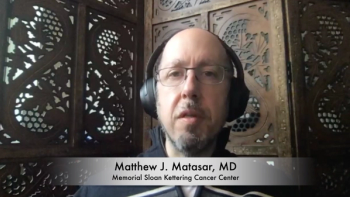
The lymphoma expert offered highlights from the meeting, with hopes that more treatment options will be available for patients with lymphoma.

CancerNetwork® spoke with Abdulraheem Yacoub, MD, during the American Association for Cancer Research Annual Meeting 2021 to discuss how predictors of response to therapy may be just as important as the development of new therapies for advancing outcomes in myelofibrosis and myeloproliferative neoplasms.

Kim detailed the specifics of his research from the American Association for Cancer Research Annual Meeting 2021 focusing on novel therapies to target mutations and upstream or downstream pathways.

Marron detailed the research process for a phase 1 trial of PGV-001 presented virtually at the American Association for Cancer Research Annual Meeting 2021.

CancerNetwork® spoke with Vivek Subbiah, MD, during the virtual American Association for Cancer Research Annual Meeting 2021 to discuss the most important data to come out of the meeting regarding therapy for tumors harboring KRAS mutations.

CancerNetwork® spoke with Matthew D. Galsky, MD, during the American Association for Cancer Research Annual Meeting 2021 to discuss leading data to come out of the meeting and what it means for the future of cancer systemic therapy.

During a Deep Dive segment of Medical World News®, CancerNetwork® sat down with Maurie Markman, MD, to discuss how lessons learned from the development of mRNA vaccines for COVID-19 can translate to cancer research.
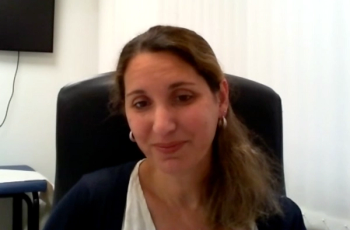
CancerNetwork® spoke with Ronnie Shapira-Frommer, MD, during the Society of Gynecological Oncology 2021 Virtual Annual Meeting on Women’s Cancer about her thoughts on the effect of the conference content across multidisciplinary specialties.

Marron discussed the primary objectives and early data from a phase 1 trial presented at the virtual AACR Annual Meeting regarding the neoantigen peptide vaccine, PGV-001.

CancerNetwork® spoke with Ronnie Shapira-Frommer, MD, during the Society of Gynecological Oncology 2021 Virtual Annual Meeting on Women’s Cancer about patients with vulvar cancer who were treated with pembrolizumab monotherapy.

CancerNetwork® spoke with Ronnie Shapira-Frommer, MD, during the Society of Gynecological Oncology 2021 Virtual Annual Meeting on Women’s Cancer about patients with vulvar cancer who were responders to pembrolizumab monotherapy.

CancerNetwork® spoke with Nikki Martin of the LUNGevity Foundation regarding the “No One Missed” campaign working to provide education and awareness to patients with lung cancer.

CancerNetwork® spoke with Tzvia Bader about barriers between patients and appropriate clinical trials and how to combat these issues.

CancerNetwork® sat down with Jeffrey Graham, MD, FRCPC, to discuss the effectiveness of immune checkpoint inhibitors as frontline therapy for non–clear cell renal cell carcinoma

CancerNetwork® discussed updates in the treatment of gynecologic cancers with Ursula A. Matulonis, MD.

CancerNetwork® sat down with Conor E. Steuer, MD, to discuss a recently published prospective study which found a high rate of smoking reduction and cessation in patients with non–small cell lung cancer.

CancerNetwork® sat down with Trevor J. Pugh, PhD, to discuss a novel protocol for detecting mismatch repair deficiency.

During Colorectal Cancer Awareness month, CancerNetwork® sat down with Dorothy Dulko, PhD, to discuss social determinants of cancer.

Giorgio Trinchieri, MD, of the National Cancer Institute’s Center for Cancer Research joined CancerNetwork® to discuss enhancing the gut microbiome by way of fecal transplant for better immunotherapy responses.

The assistant professor of Urology at The University of Texas MD Anderson Cancer Center spoke about the results of a study which evaluated the use of the Mediterranean diet in men with localized prostate cancer on active surveillance.
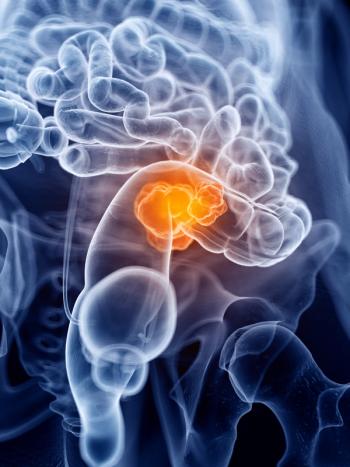
SWOG S1406 evaluated the use of irinotecan and cetuximab (Erbitux) with or without vemurafenib (Zelboraf) in patients with BRAF V600E-mutated metastatic colorectal cancer who had been previously treated with 1 or 2 regimens.

An industry leader in psychosocial oncology detailed the importance of patient-reported outcomes to the field as a whole and emphasized a number of key details to remember when examining these end points.

“As the number of AYA survivors continues to grow, there is a pressing need for targeted information, education, and intervention around sexual health, intimate relationships, and body image,” the Children’s Oncology Group (COG) AYA Oncology Discipline Committee wrote in a review.
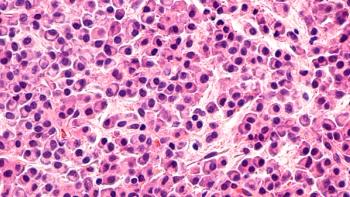
An expert in multiple myeloma spoke about the most exciting research to come out of 2020 and what research he hopes to see in 2021.

The breast cancer expert discussed the latest developments in breast cancer research and what she hopes the next year will offer this patient population.
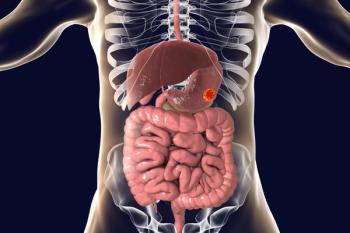
The medical oncologist at the Mayo Clinic in Phoenix, spoke about the progress seen in gastrointestinal cancer research in 2020, as well as what improvements he hopes will occur in 2021.